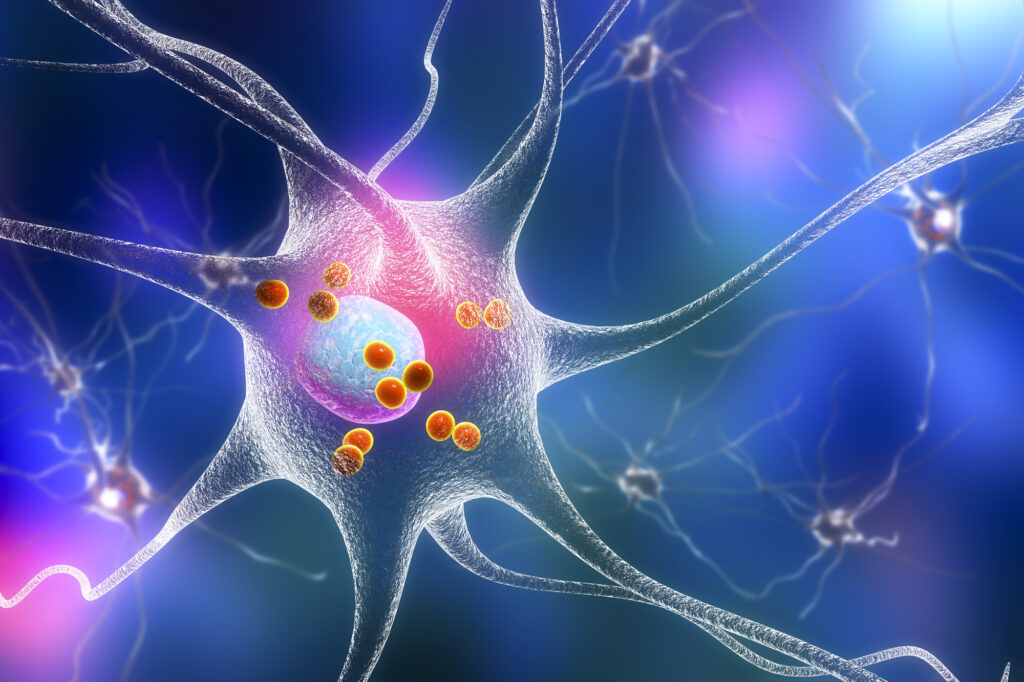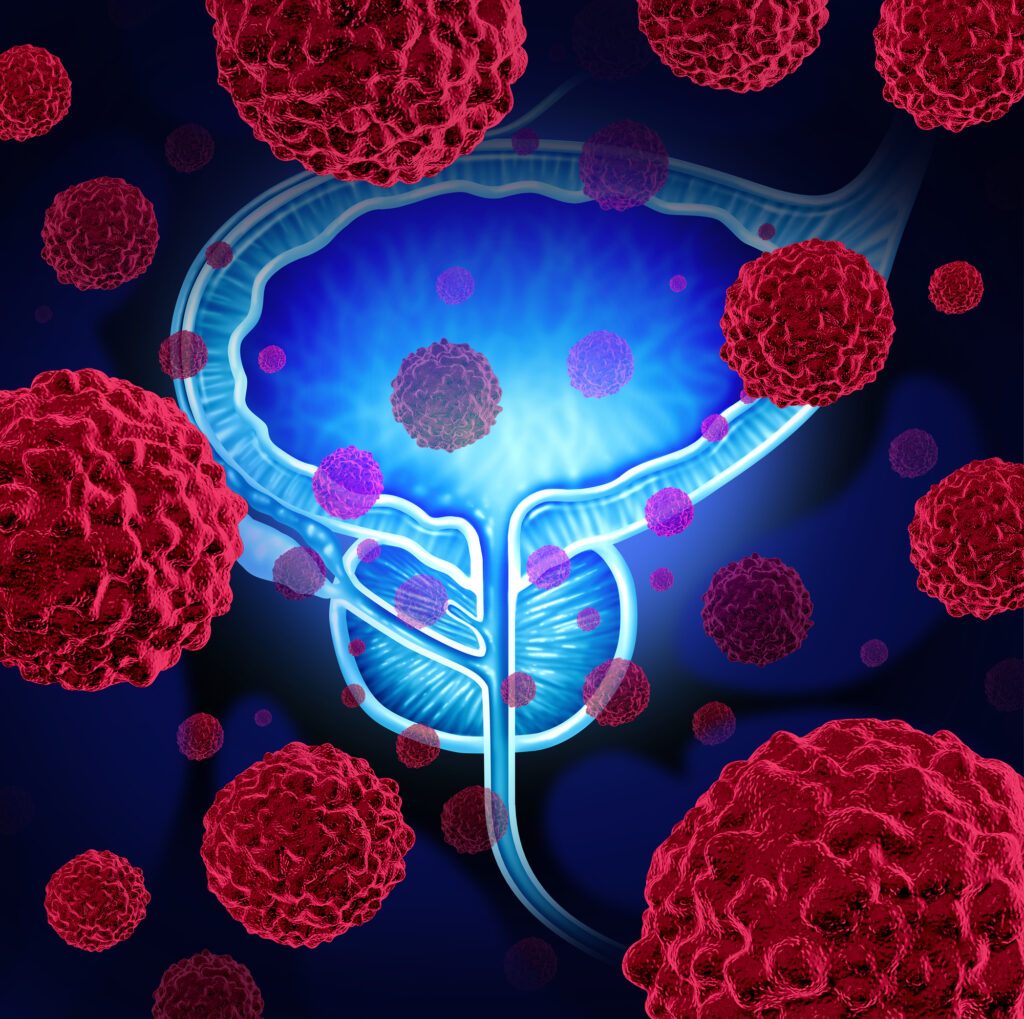Stroke is the fifth-leading cause of death in the United States and a leading cause of disability. More than half of stroke victims who survive develop some form of cognitive impairment, which significantly affects their quality of life. While there are medications used to treat post-stroke cognitive impairment, their efficacy and safety have been called into question. For this reason, researchers continue to look for safe, effective methods to improve cognitive function within the first year after a stroke.
One such method may be ginkgo diterpene lactone meglumine (GDLM), a group of organic compounds derived from the Ginkgo biloba plant, which has been used for centuries in traditional Chinese medicine to treat cardiovascular disease.
Previous research has shown that GDLM can inhibit platelet aggregation and reduce blood clotting. And now, a first-of-its-kind study has examined GDLM’s potential for improving cognitive function in acute ischemic stroke patients. The results were published in March in the journal Open Medicine.
To test the ability of GDLM to improve cognitive function in stroke victims, researchers from Xi’an High Tech Hospital in China recruited 126 stroke patients ages 50 to 80 who had shown no mental impairment prior to suffering their strokes. Participants were randomly divided into two groups: the treatment group received standard care plus 25 mg of GDLM per day for 14 days while the control group received standard care alone.
Over the next three to six months, the researchers performed a variety of tests on the patients, including measurements of inflammation and coagulation markers and assessments of cognitive function. Levels of inflammatory markers fell in both the GDLM group and control group over the first 14 days, but the reduction in inflammation was greater in the GDLM group. Levels of coagulation markers had also dropped significantly in the GDLM group by day 14, but not in the control group, confirming the previous research that GDLM helps prevent blood clots.
Both the GDLM and control group also demonstrated a decline in cognitive function after their strokes that began to improve after three to six months, with the GDLM group making greater progress than the control group. Overall, GDLM was well-tolerated, with no reports of serious side effects.
Conclusions
While the researchers acknowledge several shortcomings in the study—including its small sample size and the fact that all of the participants were recruited from the same hospital—there’s no doubt that the results open up a promising avenue for further research.
The evidence of GDLM’s anti-inflammatory, anti-coagulant, and cognitive efficacy presented by the study, the researchers say, suggests that further studies are needed to determine whether this plant-derived therapy could become a part of the standard treatment for stroke recovery. “Subsequent studies could expand the sample size and age range as much as possible, and set shorter intervals and a larger range of time points, in order to provide more reliable evidence for clinical treatment,” they wrote in their conclusion.






